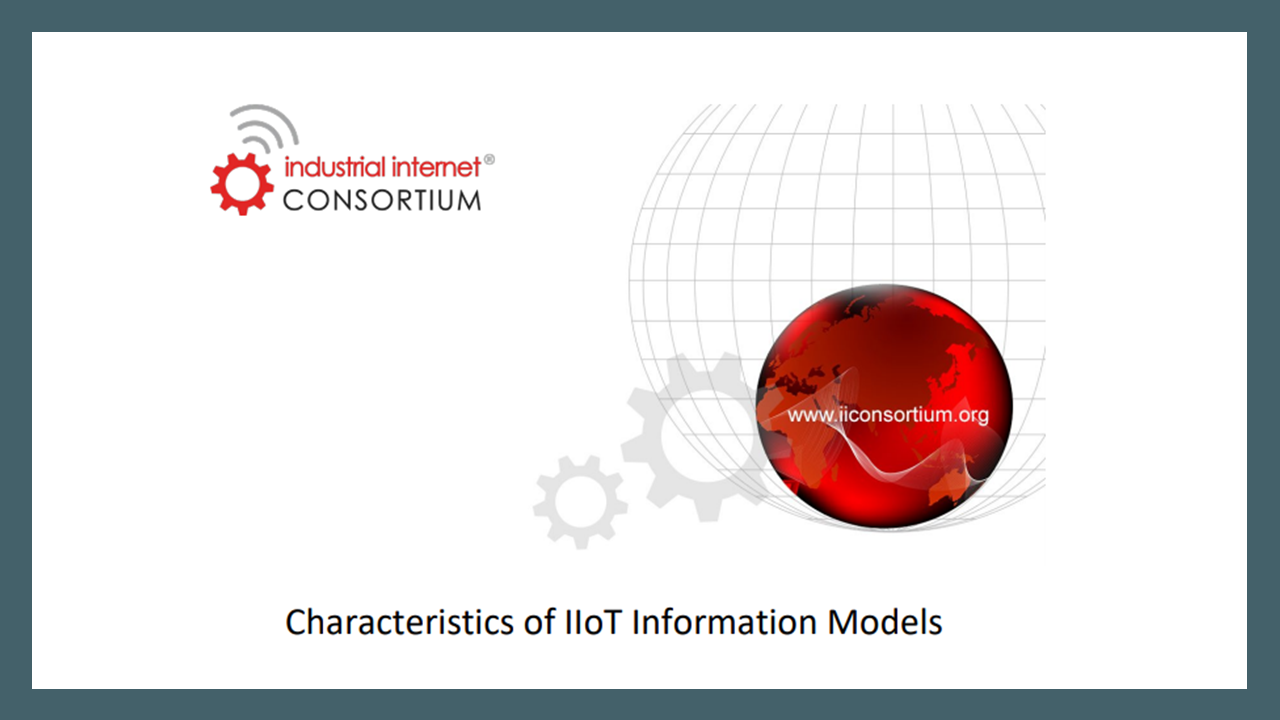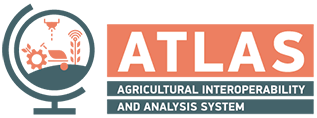Characteristics of IIoT Information Models

Interoperability between applications, subsystems, and devices in Industrial Internet of Things (IIoT) systems requires agreement on the context and meaning of the data being exchanged. This agreement is generally captured as an information model, which enables semantic interoperability.
Following the definition in the IIC Vocabulary [IIC-2020c], semantic interoperability is the ability to exchange and use information such that its meaning can be understood by the participating systems. In this report, an information model is defined following ISO 10303-1:1994 to be “a formal model of a bounded set of facts, concepts or instructions to meet a specified requirement”.
An information model is a representation of concepts, relationships, constraints, rules, and operations to specify data structures and semantics. An information model may be motivated by and designed for a certain domain. There are multitudes of information models available or under active development for a variety of application domains or industries. It is a very active area of the technology stack.
This whitepaper focuses on information models above the IIC connectivity framework layer. It is here where semantic interoperability plays a key role, although of course services are needed from the underlying connectivity layer. The paper surveys a subset of information models that are relevant to IIoT and characterizes those information models using a meta-model developed for this purpose.

